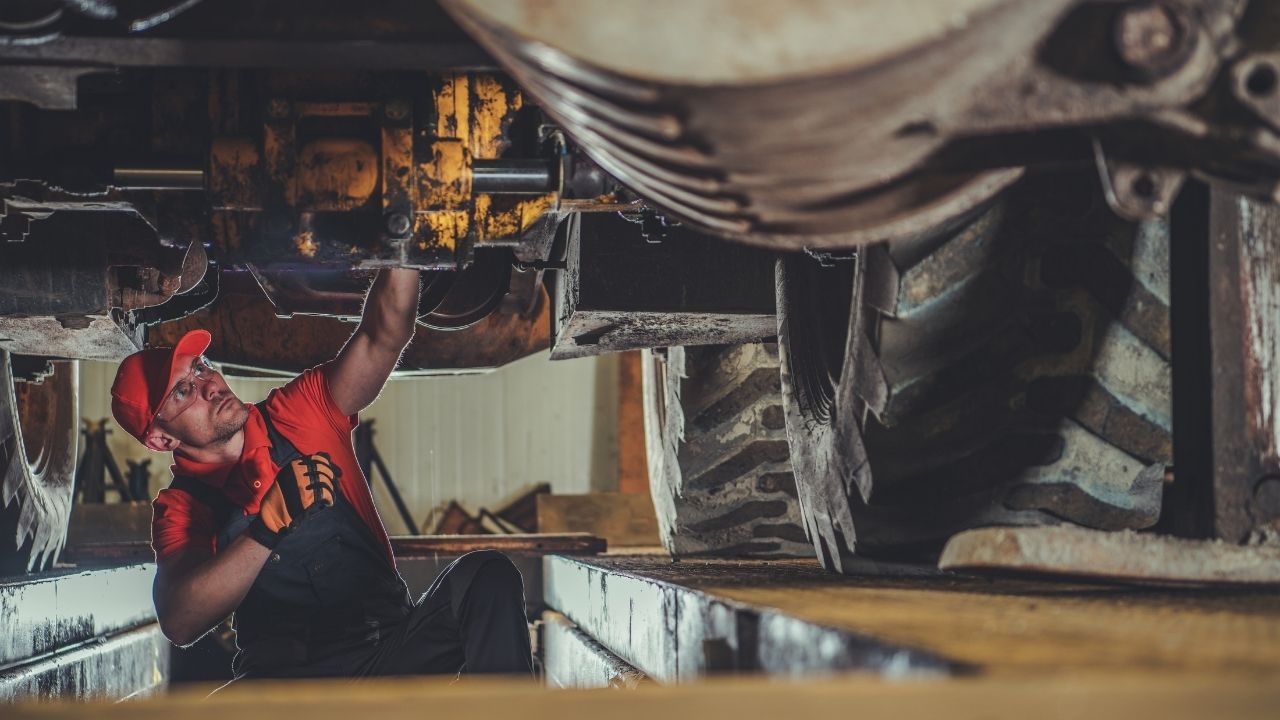There’s no question about it: the diesel industry is facing some shortages. As a whole, we’ve spent the last few years trying to attract more technicians; since the pandemic began in 2020, we’ve also seen parts start coming up short.
These shortages influenced the way we put together the newest edition of our State of Heavy-Duty Repair report. We asked commercial repair shops all over North America how they were faring, and the responses we received surprised us in some ways. We think it’s important information to share, and we were thrilled when WrenchWay invited us to write this guest post.
Here are three things the data showed us about the parts and technician shortages.
The Parts Shortage
Everyone is looking outside regular suppliers
Many shops have a few tried-and-true vendors they head to for all their parts needs—or at least, they did. We found that 45% of shops are heading to new, often untried vendors frequently or very frequently. A further 45% look outside their usual supplier network “occasionally.”
Yes, it’s disruptive
A further 48% of shops reported a high state of disruption due to the parts shortage. When techs and parts managers can’t get the parts they need, work can screech to a halt; trucks may be left sitting in the bay or on the lot, losing money for their owners. That 48% is perhaps most telling when compared to the 4% of shops who were unaffected by the shortage. That’s right. Only 4% had no issues at all.
The parts that do arrive take longer to get there
Forty-seven percent of shops remarked that it took “a little longer” than it used to for parts ordered to arrive (when they were able to buy them, that is). But 37% said it took a lot longer. You know how it goes: the longer you’re waiting for a part, the longer a unit needs to sit in the bay or the lot, the more money the owner loses.
Who felt these pain points the most acutely? The shops that reported waiting “a little longer” for parts were mostly in the Midwest and Southeast; those who waited a lot longer were in the Midwest and the West Coast.
The Technician Shortage
The parts shortage may be the newest challenge facing the commercial repair world, but it’s far from the only one. The technician shortage didn’t just stop because parts decided to give us a hard time. While “hiring techs” was the #1 priority for just about every shop we talked to, 51% of shops surveyed reported the top difficulty they faced in 2021 was…hiring techs.
In addition, the techs they did find were often newer to the field and lacked the training and skills needed to get a running start.
Retainment is key
Because bringing new techs on remains the #1 challenge for most shops, keeping the techs they do have is absolutely critical.
Here are the most popular tactics our respondents reported:
- 44% indicated they used a bonus or incentive program
- 40% used individual recognition and callouts
- 35% told us they had a great pay rate
Other perks shops tried included free lunches, gifts and gifts cards, and annual group bonuses, among others.
Let’s talk a little more about that third bullet: great pay rate. Wages are always important, but they’re an even bigger deal in our short-staffed world. Most of the shops we spoke to recognized this; actually, more than 73% provided a wage increase for their techs. In most cases, the raise was between $1 and $25 per hour.
Industry impact
You can probably already see the repercussions of the tech shortage. It’s an employee’s market out there, which isn’t always a bad thing—that leads to higher wages and often better benefits. But if shops can’t hire the techs they need, or buy the parts they need, then they’re going to lose an alarming amount of business. No one is going to bring their vehicles in for repairs if you can’t get them done in a timely fashion.
But we’re also concerned about the broader impact these shortages will have on the supply chain. You’ve likely already seen reports of rising grocery prices, or once easily accessible items stuck on endless back order. But that’s just scratching the surface, really. Demand for food, medicine, clothing, and everything else that comes off a truck isn’t going to decrease just because we don’t have the parts and people needed to make repairs.
What to Do About the Parts and Technician Shortages
The data in the State of Heavy-Duty Repair gives us a starting point to solving the shortages. That’s why we were stoked when Jay invited Jacob Findlay (Fullbay Co-Founder & Executive Chairman) and Chris O’Brien (Fullbay COO) to join him for a roundtable discussion on this very topic.
Listen in as we discuss the data and highlight strategies that will help shops a) hire more techs and b) overcome the parts shortage. Listen to the Webinar
You can also download your copy of the State of Heavy-Duty Repair to review the data and see what other challenges the industry faced in 2021. We hope you find it as informative as we did.




